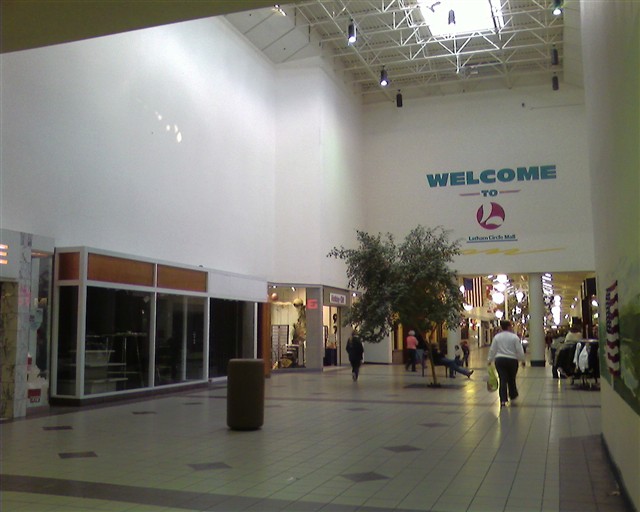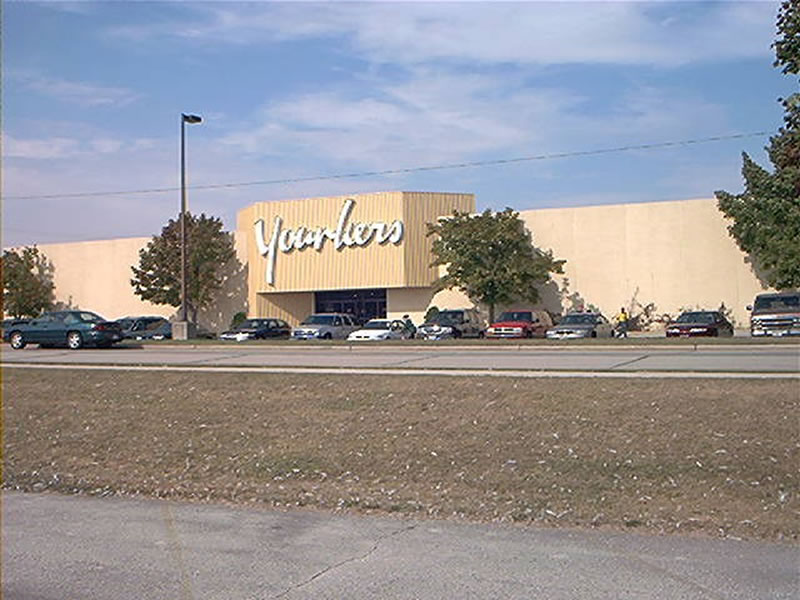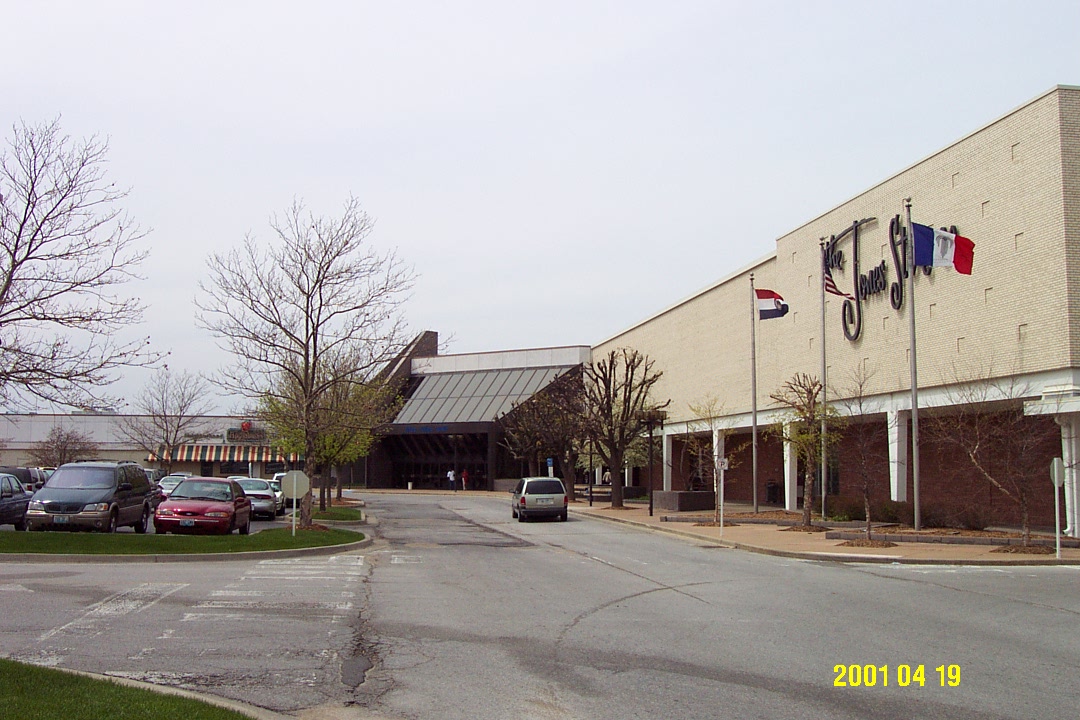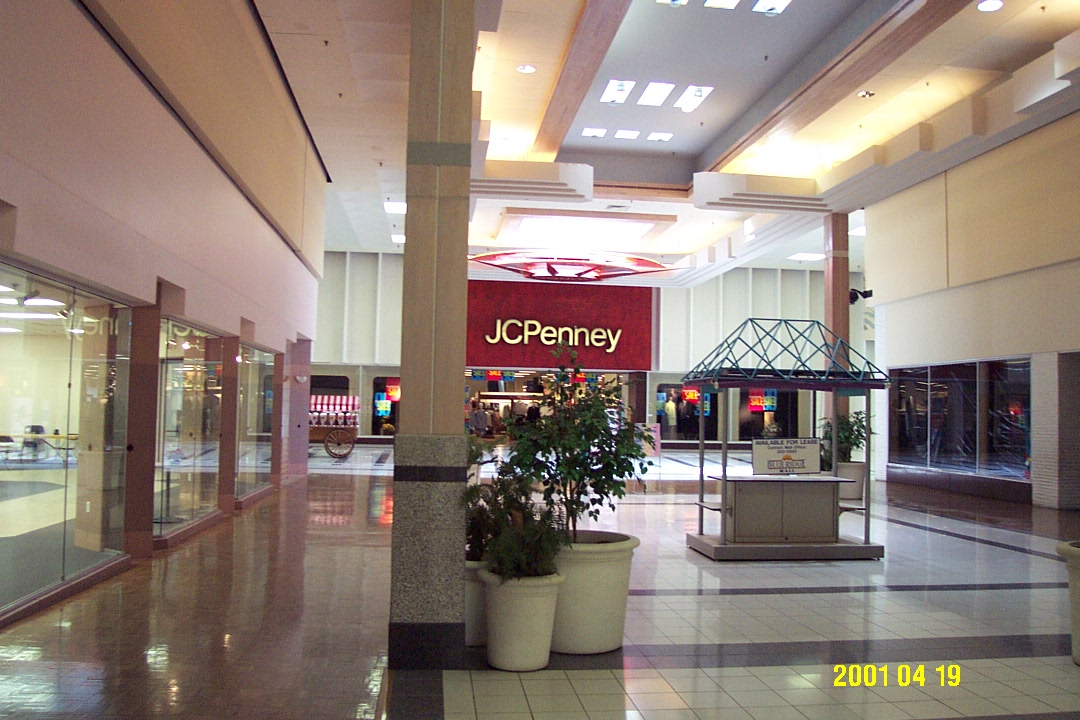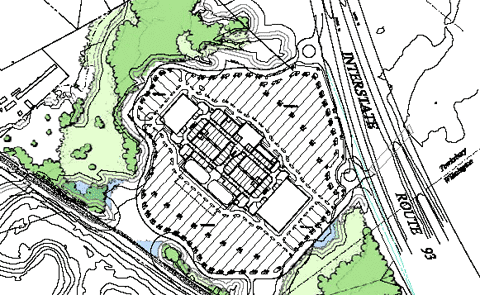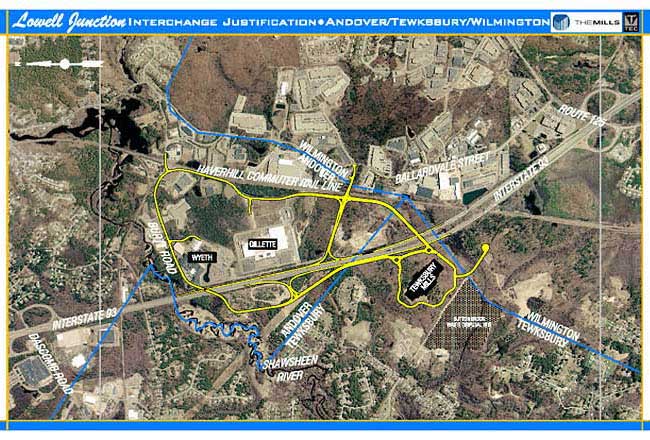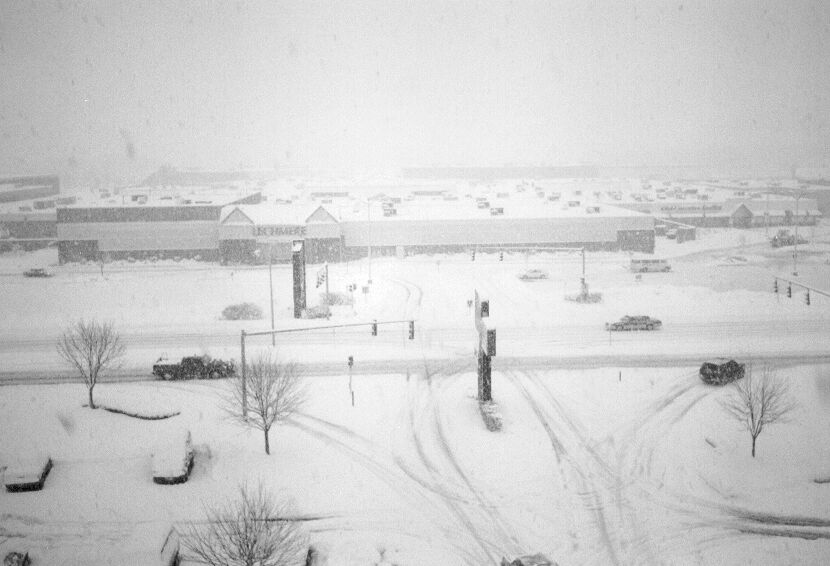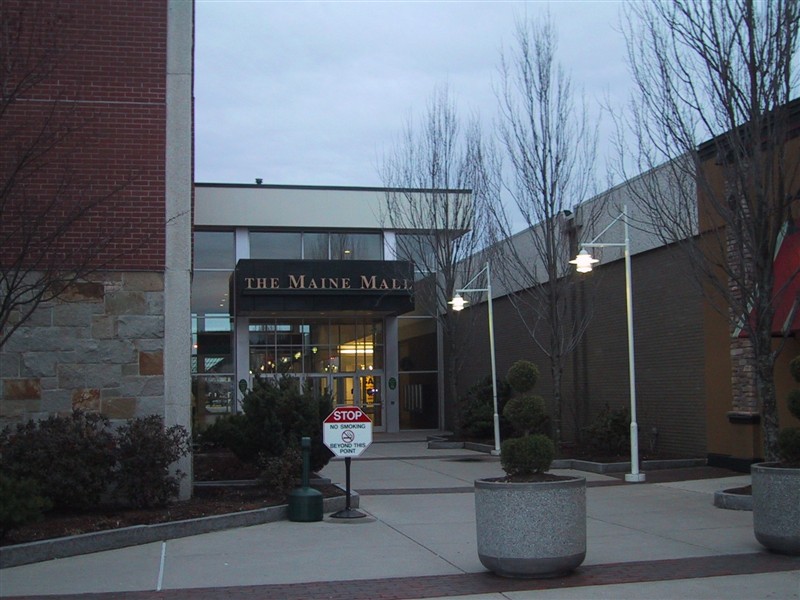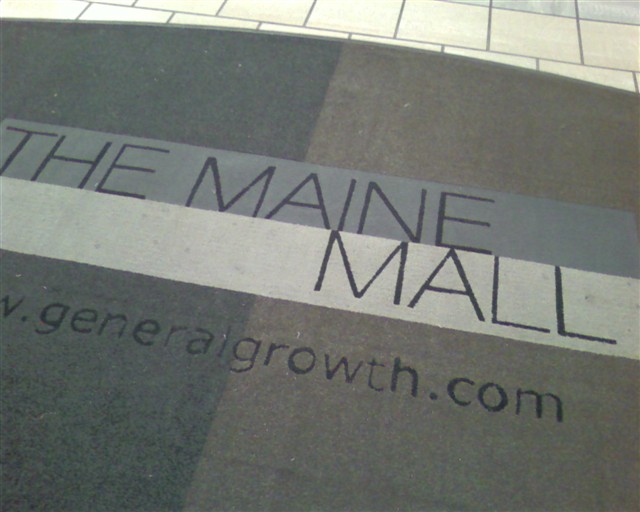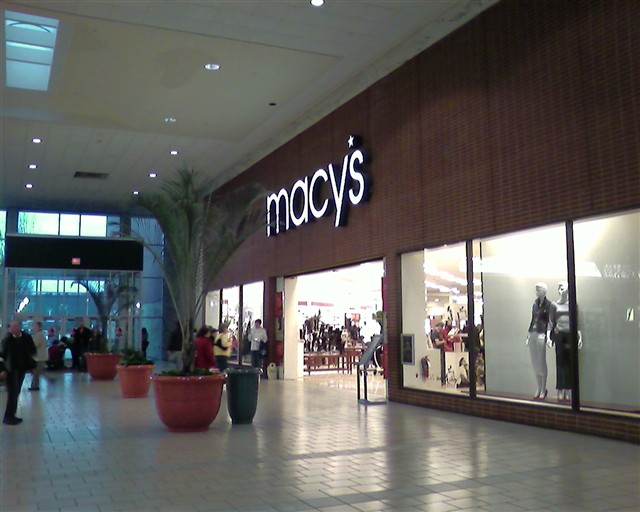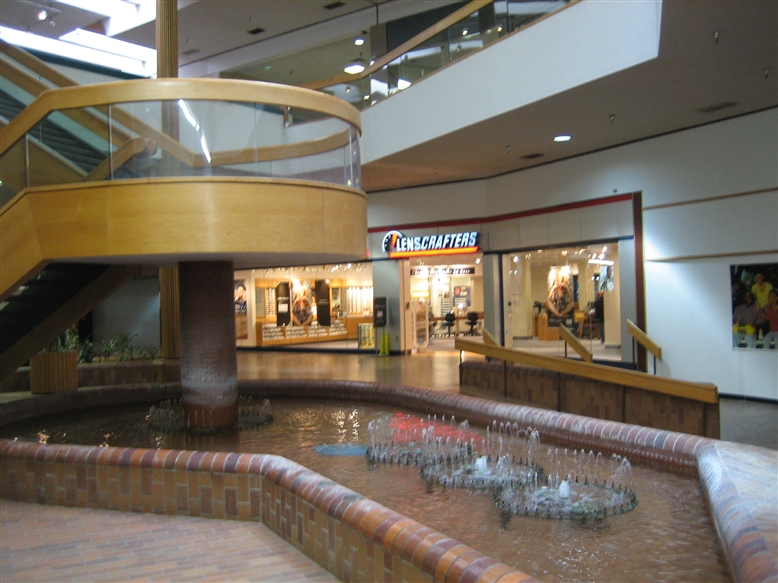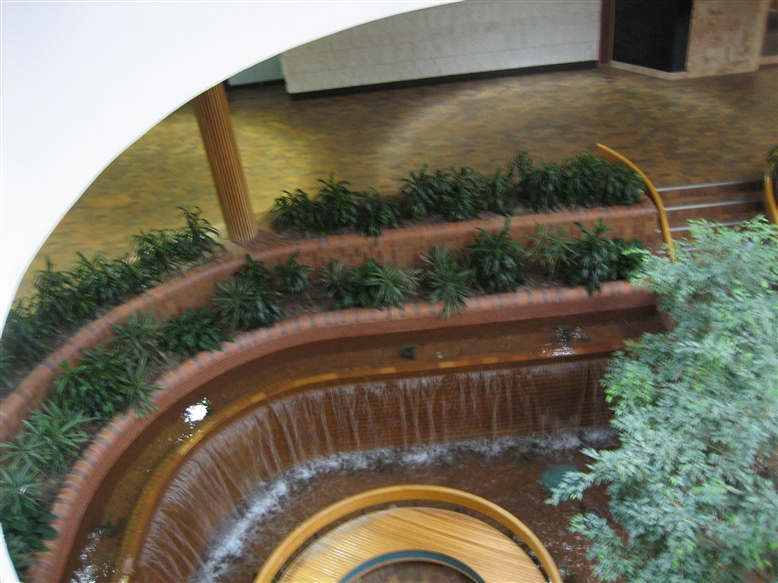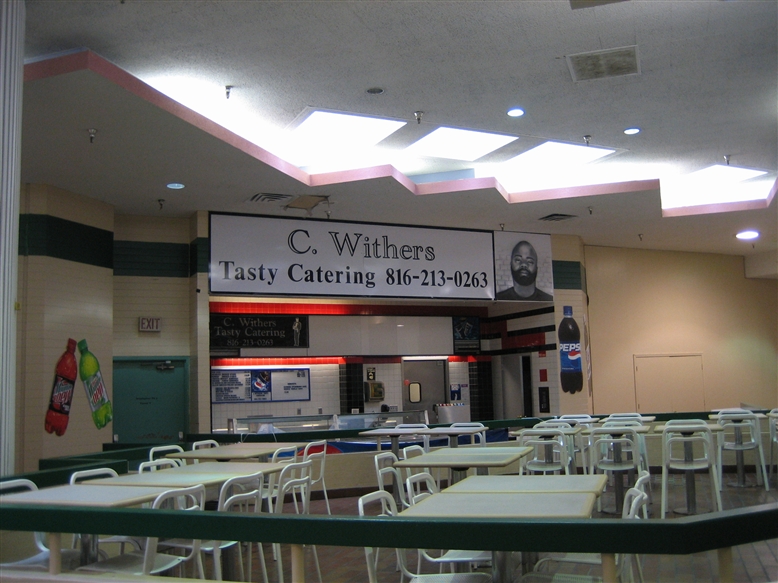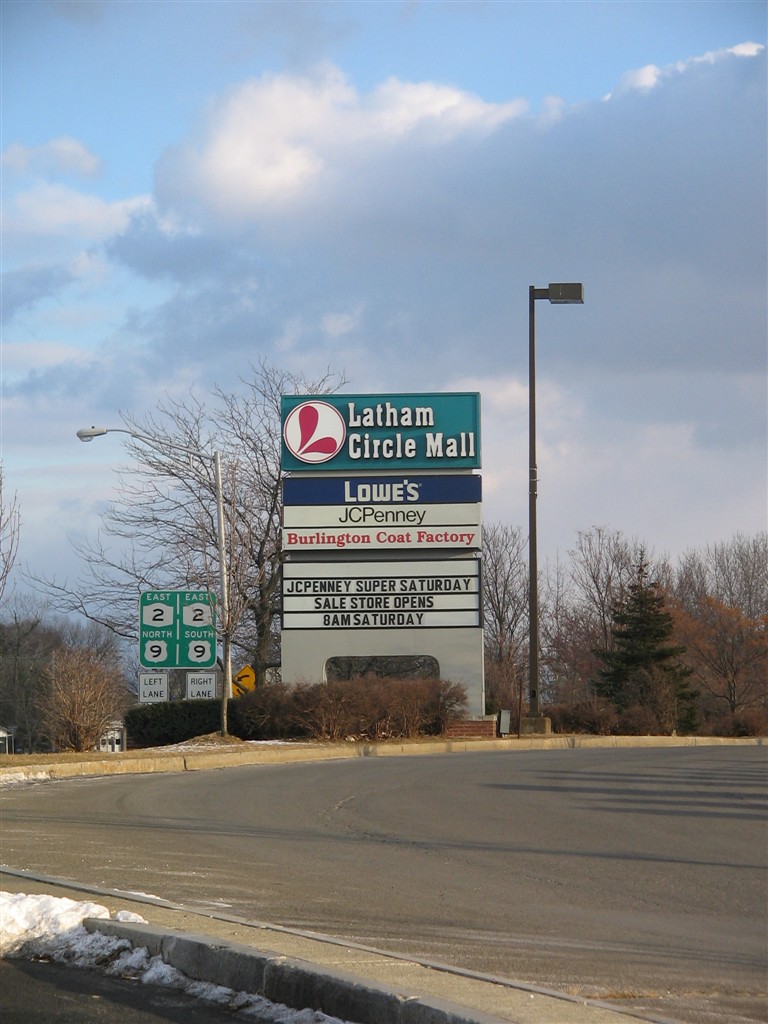
After a rather long dry spell (since November), I managed to get out for a day this past weekend to re-visit all of the malls in the Albany area, one of my favorite metropolitan areas for retail development within easy reach of Boston. I hadn’t actually been out to visit since 2001, so it was a fun (and revelatory, but not necessarily in the good way) trip. I plan on posting a full-scale case study along with posts of each of Albany’s malls soon, but I wanted to cut to the chase with a truly fun one.
When I last visited Latham Circle Mall in 2001, it was a mostly-thriving, older mall with predominantly ancillary tenants that served Albany’s northern suburbs and the Troy area. Too close to Albany’s powerhouse to malls to be truly dominant, the still-quite-large (somewhere around 700,000 square feet) Latham Circle Mall was at the time holding its own. Six years can change a lot, however, and on my visit this past week I was sad to find it’s now somewhat dingy and troubled, pockmarked with vacancies. It’s a shame because Latham Circle is a real doozy, and one of the more curious malls in the northeast.
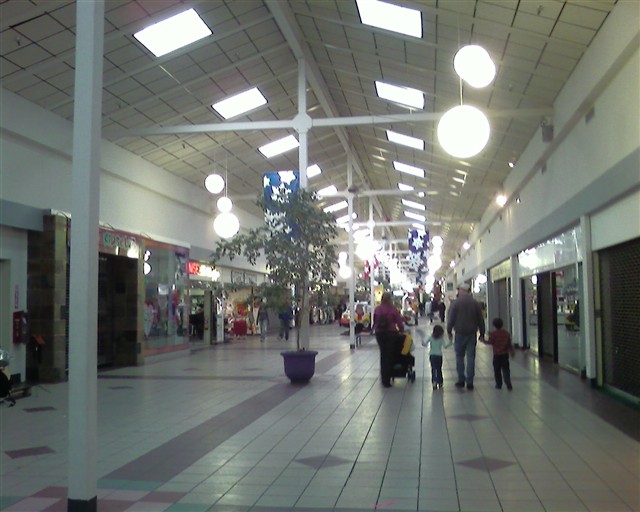 Latham Circle is one of the oldest malls in the Albany area, originally opening as a 1950s-vintage outdoor shopping center with WT Grant’s, Woolworth’s, and Grand Union as anchor stores. The mall was enclosed sometime in the 1960s or 1970s (I’m not able to pin down an exact date) and added Caldor and The Boston Store (not the midwestern one!) as anchors, while WT Grant became a JCPenney. In the 1980s, the mall was expanded, with JCPenney moving to a new space outside their old one, and converting their old space into a cavernous mall area with a Regal Cinemas stowed on the second level, cantilevered above the mall.
Latham Circle is one of the oldest malls in the Albany area, originally opening as a 1950s-vintage outdoor shopping center with WT Grant’s, Woolworth’s, and Grand Union as anchor stores. The mall was enclosed sometime in the 1960s or 1970s (I’m not able to pin down an exact date) and added Caldor and The Boston Store (not the midwestern one!) as anchors, while WT Grant became a JCPenney. In the 1980s, the mall was expanded, with JCPenney moving to a new space outside their old one, and converting their old space into a cavernous mall area with a Regal Cinemas stowed on the second level, cantilevered above the mall.
Latham Circle Mall began to experience some uncertainty in the late 1990s. Woolworth closed their store when the chain shuttered, and they were replaced by a Stein Mart that lasted only until 2001. Similarly, the mall’s large Caldor store shut with the chain in 1999. The Caldor, along with much of the wing leading to it, was demolished in 2003 to make room for a Lowe’s Home Improvement store that, perhaps not unexpectedly, does not open into the mall.
What really makes Latham Circle Mall interesting, however, is its exceedingly strange layout and decor. The mall abounds with architectural “treats:” hallways that don’t match other parts of the mall, unusually high ceilings, mysterious second levels that sprout and don’t lead anyplace. I’ve attempted to provide a rough sketch of the floorplan of the mall as it existed in 2000, upon my first visit (and before the demolition of the Caldor and most of the rest of its wing took some of the personality out of the place):
There are basically four vastly different portions of the mall (there used to be five). From north to south:
- The newest JCPenney/Regal Cinemas area, with its extremely high ceilings and white walls.
- The main corridor, with a pitched roof and “elephant earring” light fixtures (as Prangeway would say). This also includes a special wing for the food court; at the back of the food court is an abandoned and derelict second level (which I included one shot of; I wanted more but two ladies kept eyeing me strangely, perhaps with good reason) that is visibly stuck in the early 1970s, and I have no idea what it was even used for.
- The center court area, around Burlington Coat Factory
- The former Stein Mart/Woolworth wing, which has two vastly different ceiling heights running straight down the center of the mall
- And the fifth, deceased wing is the Caldor wing, which used to be a two-level area with a second level of offices looking down into the mall. Most of this wing is gone, but I included a few pictures that grab some small bits of it for posterity. If you want to know what it looked like pre-2003, check out DeadMalls set of photos, which includes one amazingly awesome shot of the former Caldor frontage as I remember it.
Why is Latham Circle dying? The Capital Region of New York, with a population of about 800,000, was at one point home to no less than 11 enclosed malls, several of which have already shut. The catalyst for the change, however, was the 1984 opening of the behemoth Crossgates Mall, the area’s true powerhouse center. Even though the area is overmalled, Latham Circle stands a chance: but it will need to act fast to clean itself up and attract some new tenants to fill its vacancies. Enjoy the photos, all taken this past weekend.
(Also, visit Jack Thomas’ page on the mall too–he has some photos of his own!)
EDIT 5/20/07: Latham Circle Mall to Explore New Lifestyle
The aging Latham Circle Mall is going to be extensively renovated beginning this summer. While the mall will not be fully disenclosed, much of the focus will be turned back outside, including the addition of an outdoor courtyard in the center of the existing mall, which will feature al fresco dining. The existing food court will also become a new anchor store.
